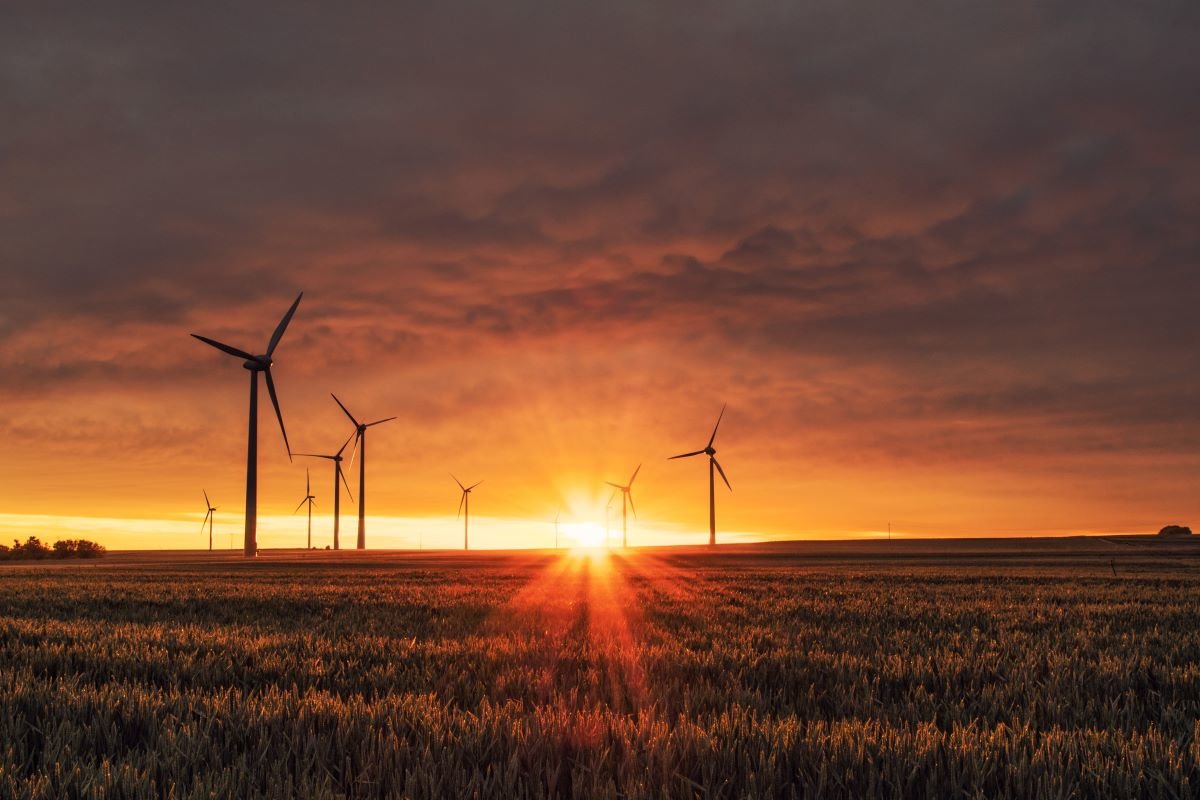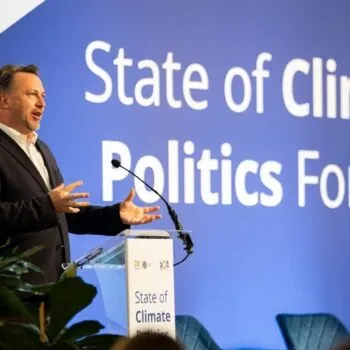3 part blog series:
- Part I: Setting the 2021 Climate Diplomacy Agenda
- Part II: Benchmarks for Climate Progress in 2021
- Part III: The Rhythm of 2021
In Part I of this blog, we set out the enabling conditions for climate action this year. With these in place, the stage is set for ambitious climate action. But what exactly does this mean? Broadly speaking, the benchmarks for climate progress in 2021 divide into four pillars: mitigation, addressing climate vulnerability, shifting finance, and laying the foundations for the 2020s. We examine these further here.
Mitigation: 2021 should significantly narrow the gap between where emissions need to be in 2030 to limit warming below 1.5 degrees Celsius above pre-industrial levels – which entails a -45% emissions reduction from 2010 levels – and where current efforts are heading: a measly -1% reduction. This means:
1. More ambitious near-term, 2030, emissions reduction commitments, not just mid-century net zero targets, both from the countries like the USA and China who didn’t submit updated Nationally Determined Contributions (NDCs) last year, and from those who didn’t raise ambition like Australia, Brazil, and Japan.
2. Targets underpinned by credible policies to deliver new ambition, particularly in areas where the UK COP26 Presidency is leading campaigns for action, namely:
- Clean energy transformation;
- Ending coal power;
- Zero emission road transport; and
- Nature-based-solutions.
Addressing climate vulnerability: 2021 should see a step-change in action on climate adaptation and support for climate vulnerable countries. This means leaders demonstrating their understanding of the collective risks of climate change, both in statements issued through the G7 and G20, but also through taking concrete actions to address these risks such as:
- Donor countries delivering on their promise to provide $100bn in climate finance to developing countries each year to 2025, increasing the share of grants rather than loans, and setting up productive dialogues on a post-2025 goal;
- A credible increase to public and private resilience finance focused on vulnerable countries, e.g. new commitments to achieve a balance of public finance for mitigation and adaptation;
- Structural reforms to ensure developing countries are rewarded for investing in resilience-building activities; and
- New progress on loss and damage finance.
Shifting finance: As well as opening a window of opportunity for long-lasting systemic reforms, 2021 can also be a year for securing iconic finance wins that signal a fundamental and permanent shift in market behaviour. Such signals could be sent by bold moves including:
- International consensus across Europe, US and Asia on what economic activities are sustainable (or are not sustainable), building on work already done by the EU and many countries to create green investment taxonomies;
- National governments using their COVID-19 recovery spending in a strategic way to accelerate their economies along the climate transition pathway (g. with minimum floors for green recovery spending, avoiding investments in polluting industries and strong ‘do no harm’ conditions);
- Public banks accelerating their progress towards Paris alignment, and taking on new climate-linked capitalisations and risk appetite mandates from shareholders, with COP26 ushering in the launch of a global coalition of fossil free public institutions.
- A cascade of multilateral and bilateral finance institutions ending their fossil fuel finance in the run-up to COP26, following the examples already set by the EIB and UK government and heralding the beginning of the end of public investment in fossil fuels.
- A G7 commitment to ending international coal finance, followed by a G20 commitment to phase out fossil fuel subsidies.
Laying the foundations for the 2020s: Above and beyond finalising an agreement on the Paris rulebook, COP26 negotiations must address the gaps to meeting the Paris Agreement’s aims across the above three outcomes. This means leaders making political commitments and negotiating decisions in the final Glasgow agreements that strengthen the implementation of the Paris ambition ratcheting cycle throughout the 2020s and connect the wider international governance architecture.
So how can all these be delivered? Find out in the final part of this 2021 Climate Diplomacy Agenda series: Part III – The Rhythm of 2021.



